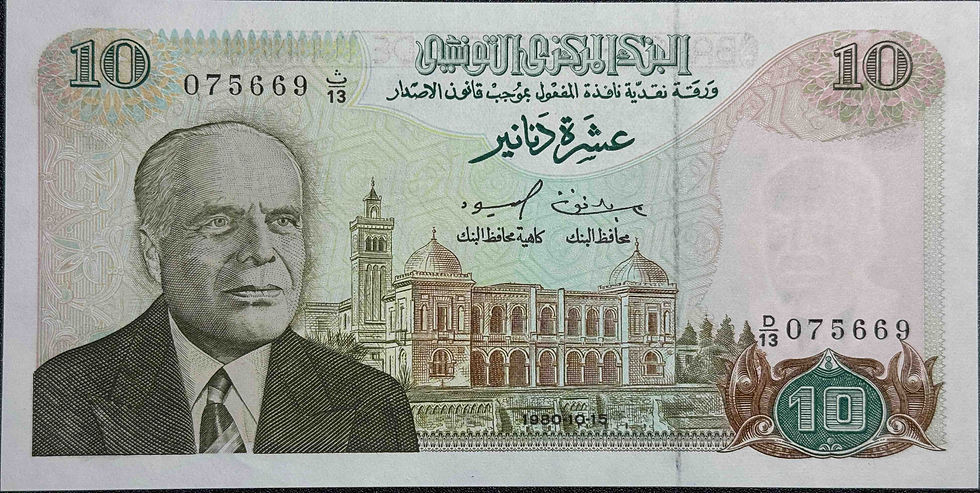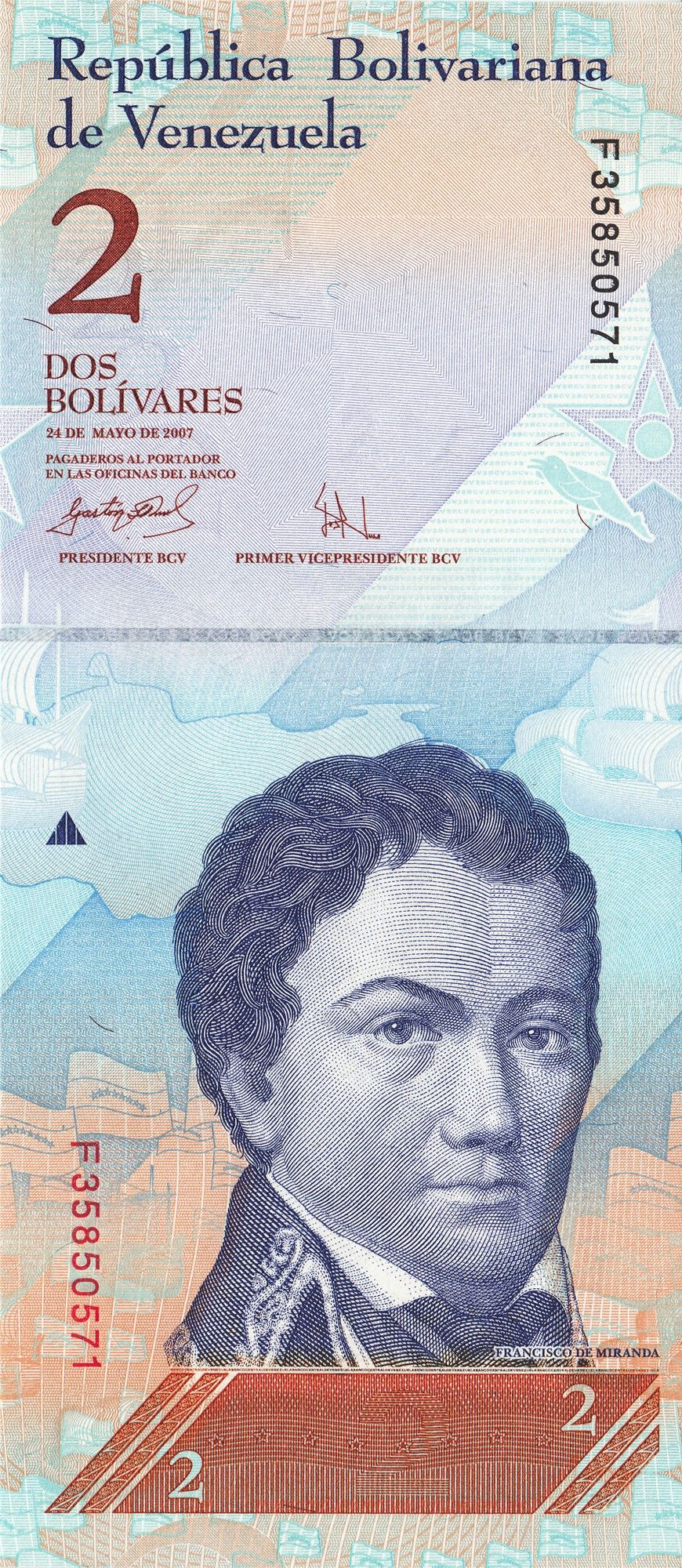Berlin 1922 Notgeld 2 Mark Note Transportation History Design
Note: The photos are for illustrative purposes only. The serial numbers on the actual banknotes you receive may differ from those shown in the photos. However, please be assured that the banknotes you receive will be in the same condition as those shown.
~GoldSilverJapan Exclusive Commentary~
Introduction
Calling all collectors and history buffs, this article introduces the Notgeld (emergency currency) issued in Berlin, Germany in 1922. This beautiful two-mark note series depicts the history of transportation, including streetcars and railways. It's a fascinating piece that can be enjoyed from three perspectives: banknote collection, European economic history, and railway and transportation history, and remains highly popular today.
This product is a masterpiece sold by "GoldSilverJapan"
⸻
What is Notgeld?
• Definition: Notgeld means "emergency currency" and refers to substitute paper money issued by local governments and companies during the economic turmoil in Germany after World War I.
• Background: From 1914 to 1923, Germany experienced hyperinflation. The value of the mark fell rapidly, and the central government was unable to supply enough currency. As a result, many municipalities issued their own "Notgeld" to support the lives of their citizens.
• Characteristics: Many of the banknotes have highly artistic designs that are rich in local color and depict historical events, local landmarks, and customs, and today they are traded internationally as collector's items.
⸻
2 mark note issued in Berlin in 1922
City of issue and significance
This Notgeld was issued in Berlin, the capital of Germany, on March 1, 1922. It was circulated in association with the city transport bureau (Städtischen Straßenbahn Berlin, or city tram bureau) and was used by citizens on a daily basis to pay for tram fares and everyday items.
Design Features
• Surface:
• Large "2 marks" sign
• The coat of arms of the city of Berlin, the bear (Bär)
• Publication date: March 1, 1922
• It says "Bei Benutzung der städtischen Straßenbahn Berlin (Valid when using the Berlin tram)"
• Back side (design variations):
1. Potsdam Station and early railway scenes in 1838
2. Steam-powered tram in Berlin, 1877
3. The world's first electric tram in Charlottenburg, 1882
All of this is a symbolic depiction of the evolution of Berlin's city transport.
⸻
Historical background: German transport development
• 1838: Potsdam Railway Station was the first railway terminal between Berlin and Potsdam, marking the beginning of German railway history.
• 1877: Horse-drawn railways evolved into steam-powered streetcars, making mass transportation possible and dramatically improving the convenience of everyday life.
• 1882: The world's first electric tram begins operation in Charlottenburg, a suburb of Berlin, laying the foundation for future urban transport systems and is considered the origin of modern trains and subways.
⸻
Collection value and investment perspective
• Historical value: It is not just a substitute for paper money, but an item that contains a story from modern German history. It is noteworthy from the perspectives of both railway history and economic history.
• Design art: The detailed line drawings in the style of woodblock prints reflect the characteristics of German art of the 1920s. The beautiful design also shows the influence of Bauhaus and Expressionism.
• Scarcity: Although whole Notgelt pieces are relatively readily available, well-preserved pieces are becoming less common each year, and it is expected that they will become more scarce in the future.
• Investment appeal: The fact that a currency born during inflationary times is being reevaluated 100 years later as a symbol of inflation prevention suggests a connection to modern gold and silver investment. As an item handled by GoldSilverJapan, it is a suitable product for comparison with historical inflation.
⸻
Available at GoldSilverJapan
At our store, GoldSilverJapan, we do not simply sell collections, but also provide information on notgelt along with explanations that combine historical, cultural, and investment perspectives.
• The images shown are for reference only. The actual banknotes may differ in issue year, signature, and serial number.
• Prices vary depending on the condition (grade).
• All items are carefully inspected and stored to ensure quality that collectors can purchase with confidence.
⸻
summary
The 1922 Berlin Notgeld 2-mark note is both a symbol of the economic crisis and an artistic work depicting the evolution of railways and trams. The Notgeld world is particularly rich in stories among banknote collections, and can be enjoyed as an investment while deepening your knowledge.
GoldSilverJapan has a wide selection of these historically valuable Notgeld coins. Take this opportunity to add some of the art of German transportation history to your collection.
top of page
¥2,000Price
Sales Tax Included
Related Products
bottom of page
















